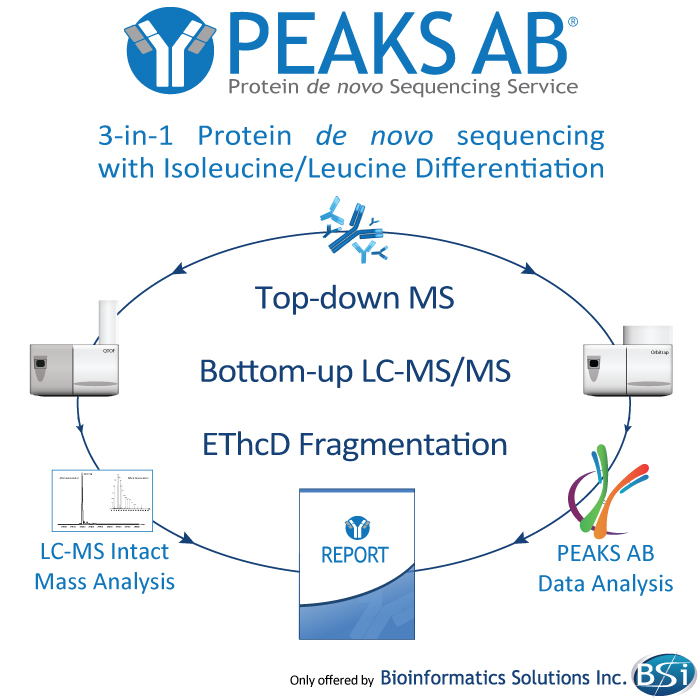
The possibility of constructs comprising well-folded proteins is low and functional proteins are rarely found, even when libraries are fully randomized. Moreover, protein function is closely related to highly ordered structure. For example, the number of possible protein sequences resulting from 100 amino acid residues is 10 130. 1 – 5Īlthough a large library around 10 12 can be prepared using phage and mRNA display systems, the number of all sequences of proteins using 20 amino acids at each position is too large to be covered. Along with combinatorial library technology, a variety of screening systems, such as phage display, ribosome display, etc., have been constructed. Various attempts to construct novel proteins using combinatorial library technology and rational protein design have been reported. Protein engineering is not only focused on understanding the function of proteins, but also on designing and constructing novel proteins. At the same time, as this upsurge of interest in proteins, a number of principles and techniques have been developed, which may further our understanding of the nature and function of proteins. The diversity of unique functions seen in a variety of proteins has attracted the interests of chemistry and biology researchers. Thus, it would appear that artificially generated α3β3 de novo proteins isolated from very bright colonies using the GFP fusion system exhibit excellent properties similar to folded proteins and would be available as artificial scaffolds to generate functional proteins with catalytic and ligand binding properties. NOE connectivities between backbone signals of vTAJ13 suggested that the protein contains three α-helices and three β-strands as intended by its design. A vTAJ protein, vTAJ13, which has a packed globular structure and exists as a monomer, was further analyzed by nuclear magnetic resonance. The SEC and ANS binding assays revealed that vTAJ proteins tend to be a characteristic of the folded protein, but not in a molten-globule state. Moreover, the selected proteins demonstrated a variety of association states existing as monomer, dimer, and oligomer formation. CD studies revealed that vTAJ and wTAJ proteins had both α-helix and β-sheet structures with thermal stabilities.

Proteins isolated from the very bright colonies (vTAJ) and bright colonies (wTAJ) were analyzed by circular dichroism (CD), 8-anilino-1-naphthalenesulfonate (ANS) binding assay, and analytical size-exclusion chromatography (SEC). To screen for folded de novo proteins, we used a GFP-based screening system and successfully obtained the proteins from the colonies emitting the very bright fluorescence as a similar intensity of GFP.

Here, we have constructed a genetic library encoding α3β3 de novo proteins to generate novel scaffolds in smaller size using a binary combination of simplified hydrophobic and hydrophilic amino acid sets. However, there are few reports of functional proteins constructed from artificial scaffolds. The construction of novel functional proteins has been a key area of protein engineering.


 0 kommentar(er)
0 kommentar(er)
